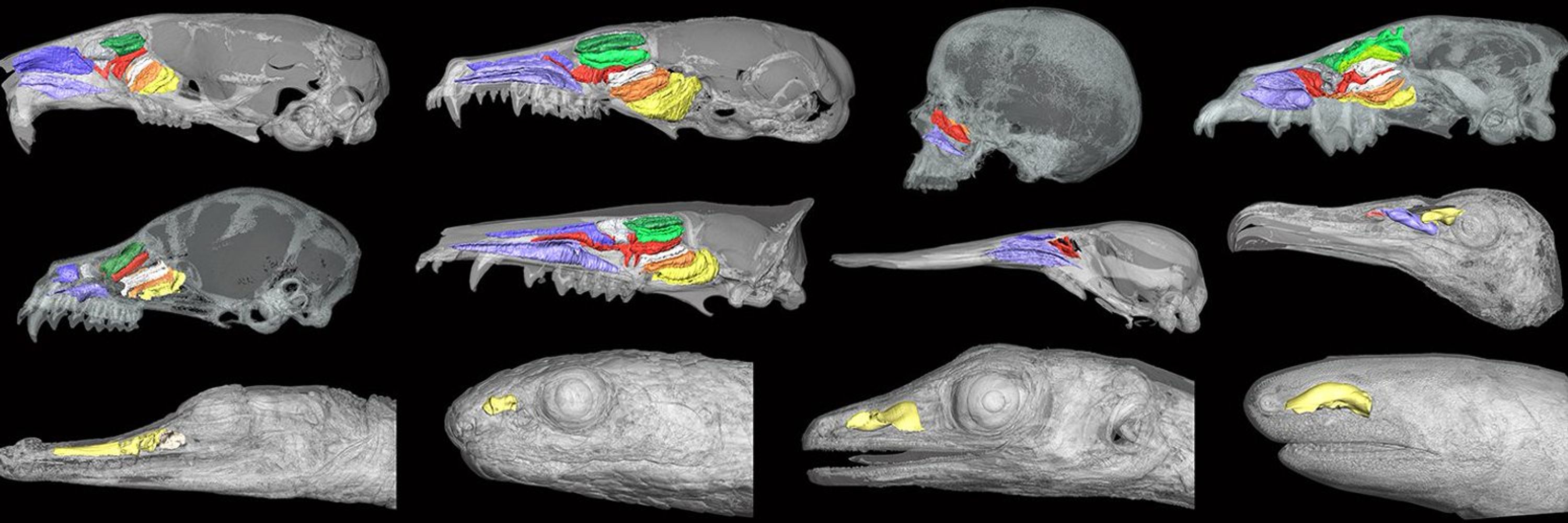
Evolution of olfactory systems using integrative approaches.
Frog lover 🐸
quentinmartinez.fr
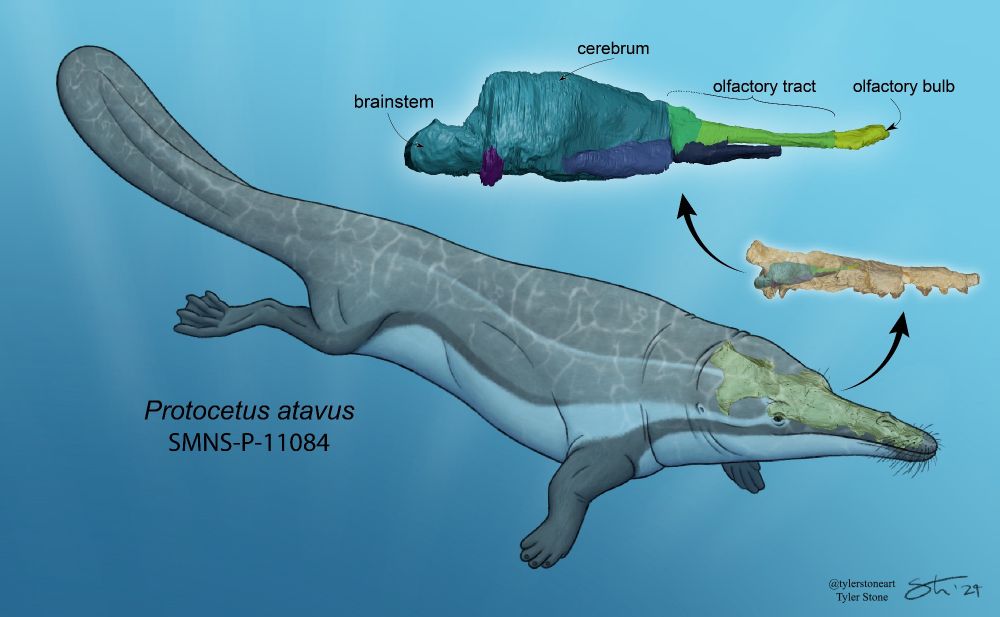
academic.oup.com/evolut/advan...
@smnstuttgart.bsky.social
bit.ly/3M5weun —on the brain endocast of a close pterosaur cousin & what it means for pterosaur brain evolution...maybe different from bird brain evolution. 1/2


bit.ly/3M5weun —on the brain endocast of a close pterosaur cousin & what it means for pterosaur brain evolution...maybe different from bird brain evolution. 1/2





🔗 doi.org/10.1093/molbev/msaf208
#evobio #molbio

Join the Manzini Lab @jlugiessen.bsky.social to explore the olfactory system in #aquatic #vertebrates.
We mainly use #amphibians, combining:
🔬 Imaging
👩🔬 Cell biology
🐝 Behavior
👉 bit.ly/neurophd
🌍 bit.ly/manzinilab
Please share!
#PhD #neuroscience #job
Join the Manzini Lab @jlugiessen.bsky.social to explore the olfactory system in #aquatic #vertebrates.
We mainly use #amphibians, combining:
🔬 Imaging
👩🔬 Cell biology
🐝 Behavior
👉 bit.ly/neurophd
🌍 bit.ly/manzinilab
Please share!
#PhD #neuroscience #job
Learn more in this week's issue: https://scim.ag/46caVho

go.nature.com/4mOb5T9

go.nature.com/4mOb5T9
Ever wondered whether paedomorphic species change their feeding strategies from larval to adult stages? Is adulthood in axolotls just an illusion? 🧠👀

Ever wondered whether paedomorphic species change their feeding strategies from larval to adult stages? Is adulthood in axolotls just an illusion? 🧠👀
Meet #Mirasaura grauvogeli, a #wonderreptilewith skin appendages that rival feathers and hairs, challenging our view of reptile #evolution🪶🦎
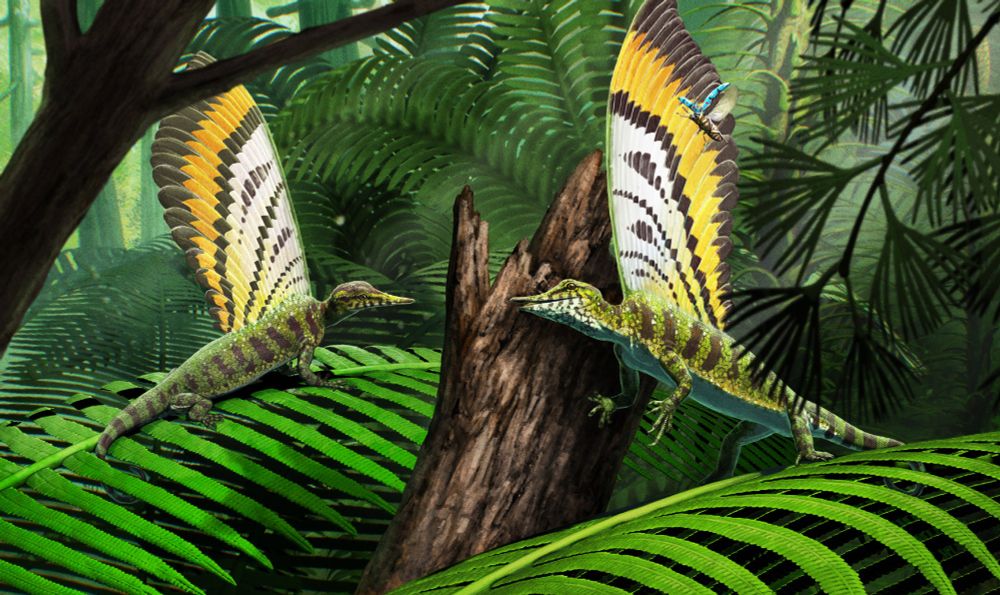
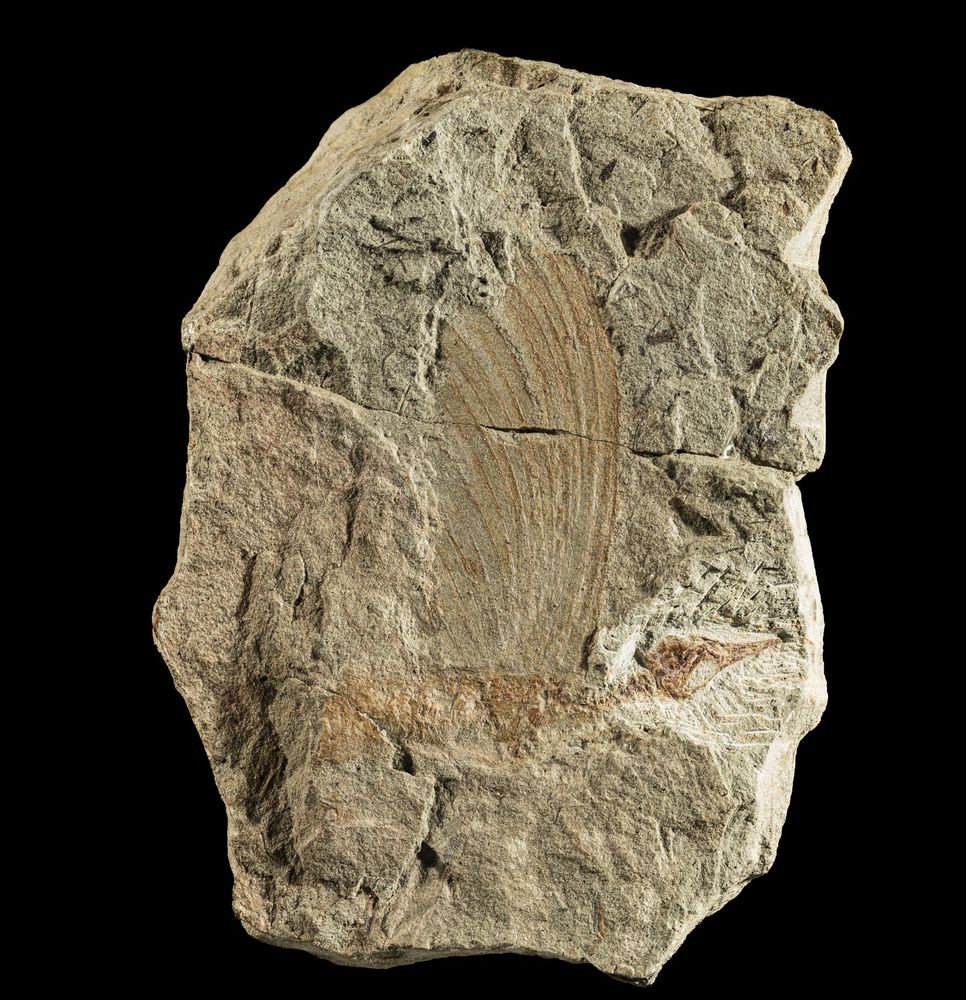
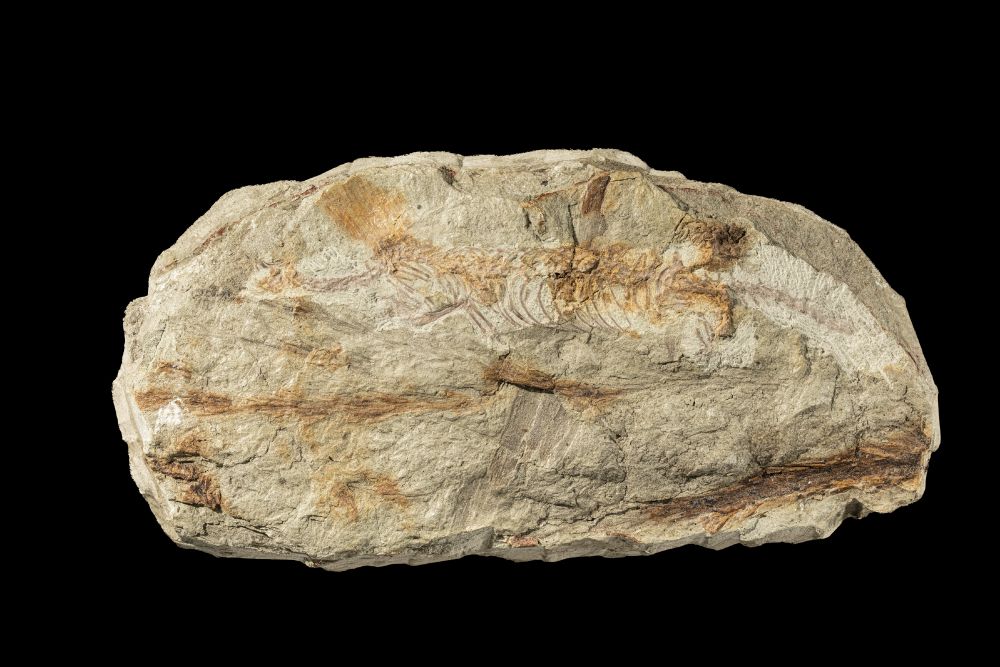
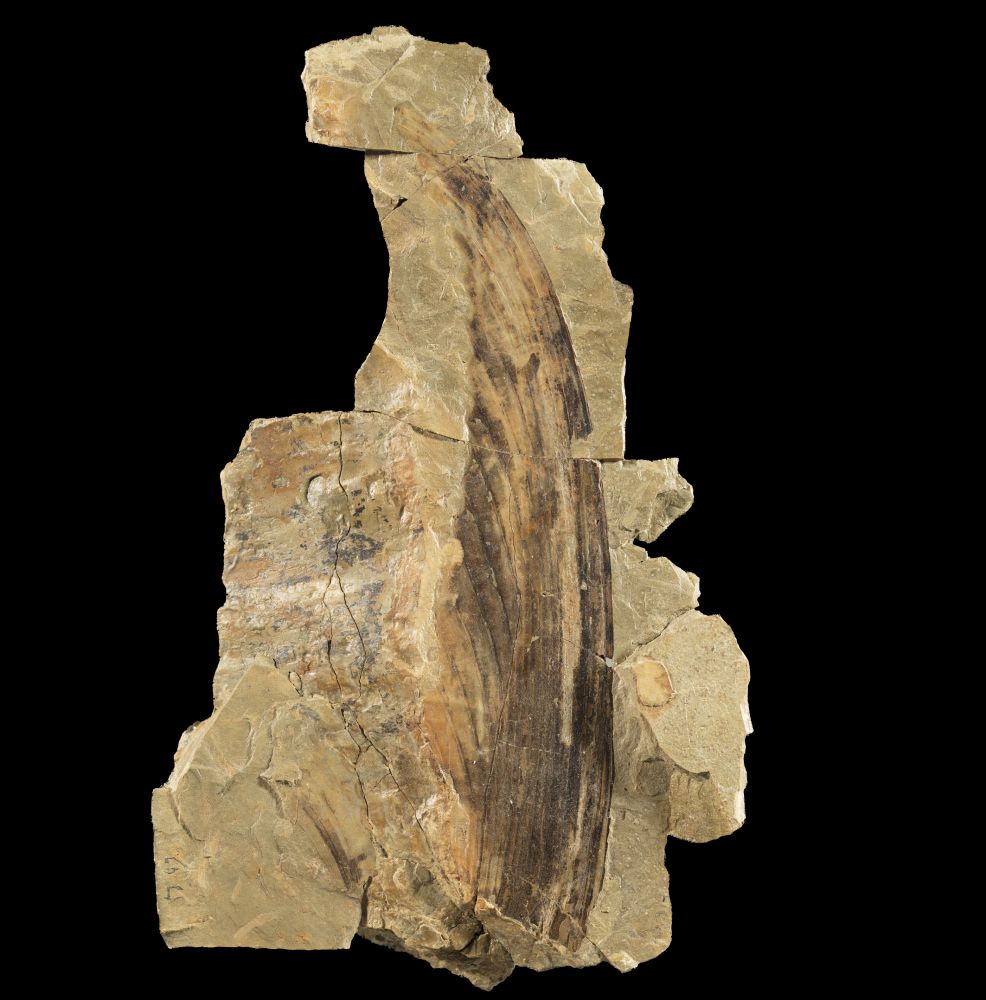
Meet #Mirasaura grauvogeli, a #wonderreptilewith skin appendages that rival feathers and hairs, challenging our view of reptile #evolution🪶🦎
We found that larger mammals evolve more diverse morphologies, while smaller ones can explore many locomotor strategies without much change to their forelimbs.
bmcecolevol.biomedcentral.com/articles/10....
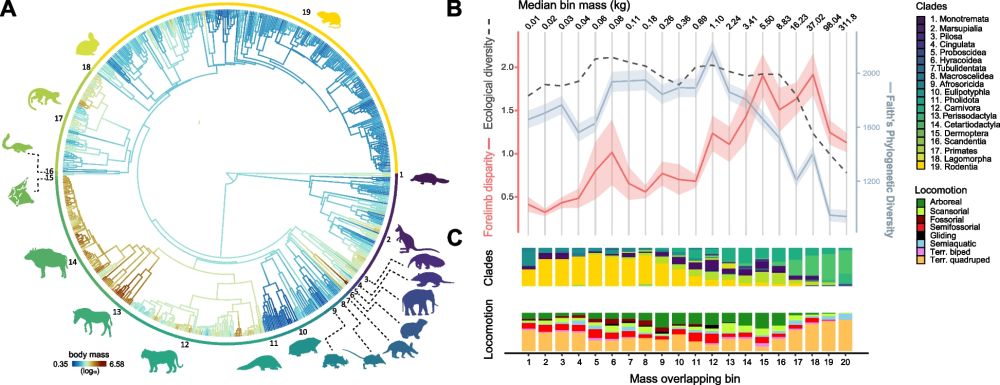
We found that larger mammals evolve more diverse morphologies, while smaller ones can explore many locomotor strategies without much change to their forelimbs.
bmcecolevol.biomedcentral.com/articles/10....
academic.oup.com/evolut/advan...
@smnstuttgart.bsky.social

academic.oup.com/evolut/advan...
@smnstuttgart.bsky.social

Do you like 🐢🐢? Or ecomorph evolution? I am offering a 36-month PhD position funded by the DFG about ecomorphology and neuroanatomy of turtles. Check out the ad here: www.senckenberg.de/en/career/sc...
Please share and if you have questions, send me a message 😉
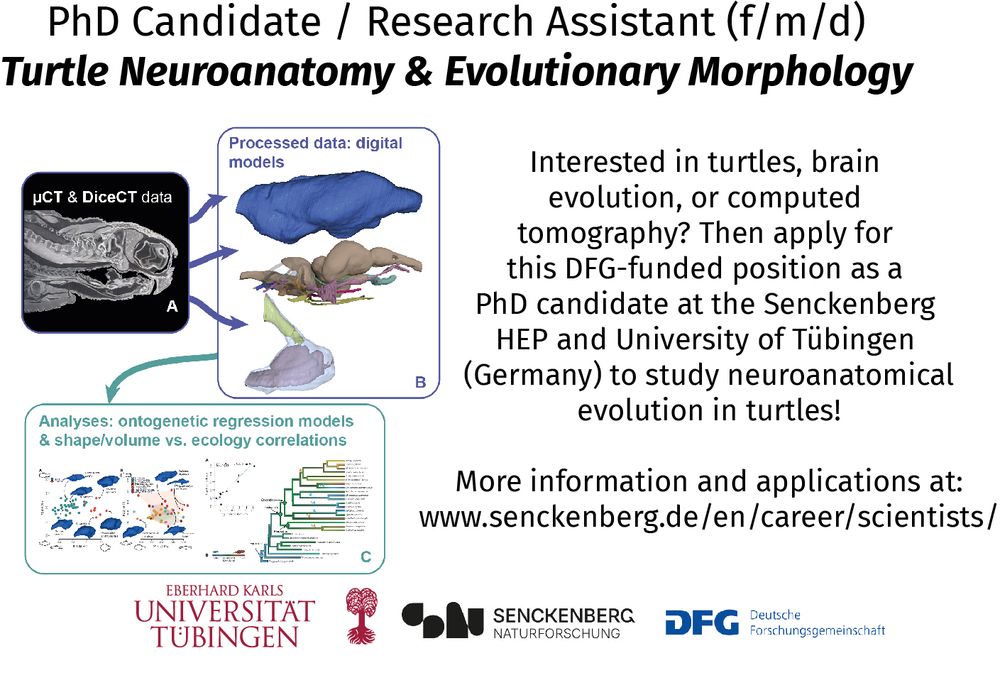
Do you like 🐢🐢? Or ecomorph evolution? I am offering a 36-month PhD position funded by the DFG about ecomorphology and neuroanatomy of turtles. Check out the ad here: www.senckenberg.de/en/career/sc...
Please share and if you have questions, send me a message 😉
Hot off the press!
My last chapter of PhD has been finally published! Here we compare the internal anatomy of the chela closing muscles in two species of scorpions at the extremes of the chela morphological gradient.
onlinelibrary.wiley.com/doi/10.1002/...

Hot off the press!
My last chapter of PhD has been finally published! Here we compare the internal anatomy of the chela closing muscles in two species of scorpions at the extremes of the chela morphological gradient.
onlinelibrary.wiley.com/doi/10.1002/...
#NameItToSaveIt #Caecilian #Amphibians @smnstuttgart.bsky.social
#NameItToSaveIt #Caecilian #Amphibians @smnstuttgart.bsky.social
Our 1rst paper with @vivienl.bsky.social and colleagues is out in Functional Ecology! In this paper, we investigated how complete metamorphosis promotes morphological and functional diversity in Caudata.Want to know more? Read this👇
besjournals.onlinelibrary.wiley.com/doi/full/10....
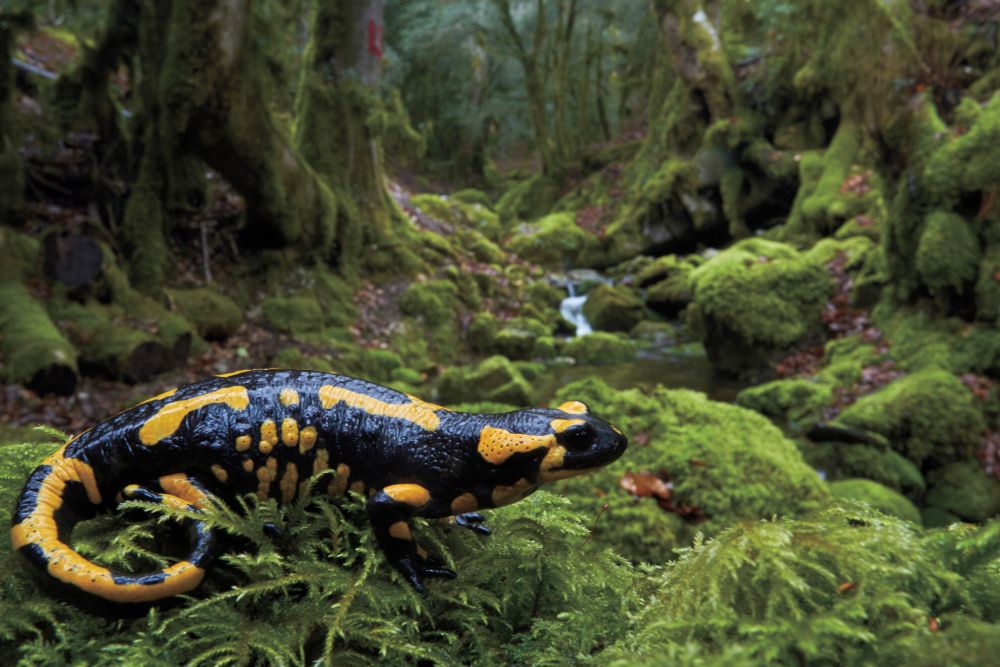
Our 1rst paper with @vivienl.bsky.social and colleagues is out in Functional Ecology! In this paper, we investigated how complete metamorphosis promotes morphological and functional diversity in Caudata.Want to know more? Read this👇
besjournals.onlinelibrary.wiley.com/doi/full/10....

www.biorxiv.org/content/10.1...

www.biorxiv.org/content/10.1...
Applications close 25th March 2025!
careers.adelaide.edu.au/cw/en/job/51...

Applications close 25th March 2025!
careers.adelaide.edu.au/cw/en/job/51...




www.morphosource.org/projects/000...
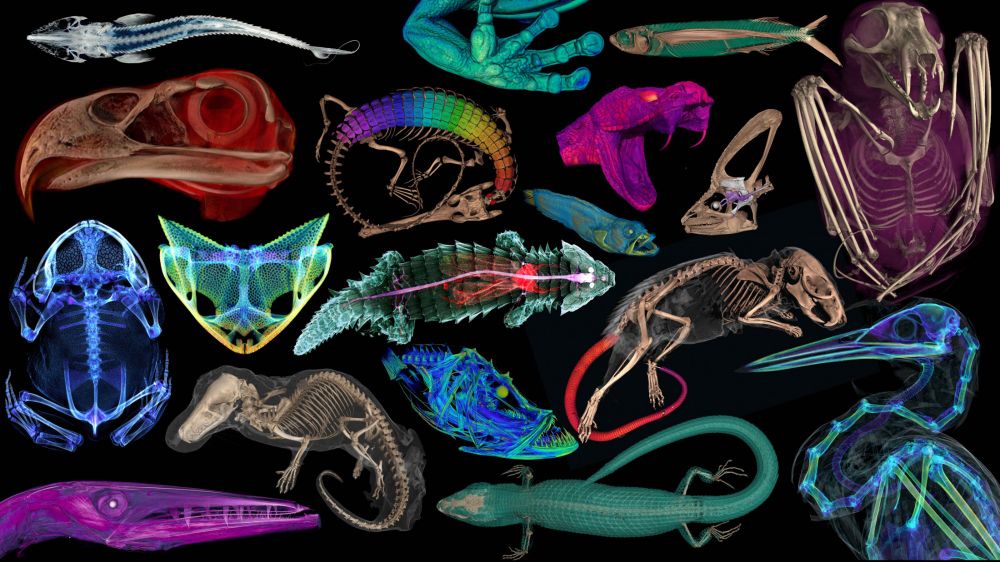
www.morphosource.org/projects/000...
Our Digital Imaging Division produces two- and three-dimensional data from museum collections. Many are available on Sketchfab & Morphosource. Explore some of the specimens our digitization team has been working on:
www.floridamuseum.ufl.edu/digital-lab/...
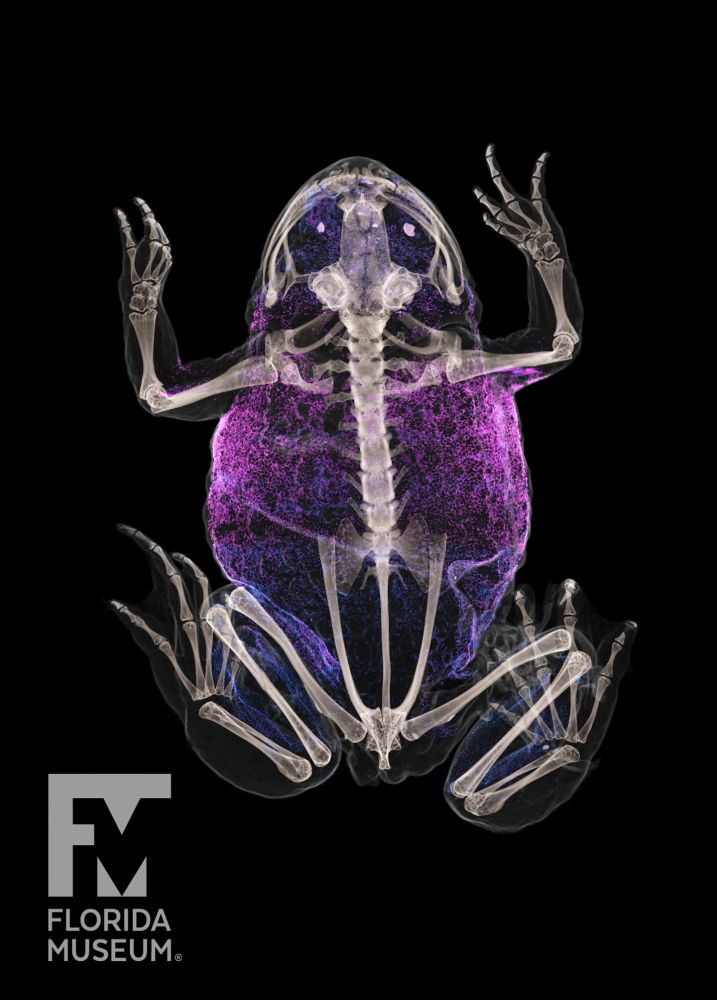
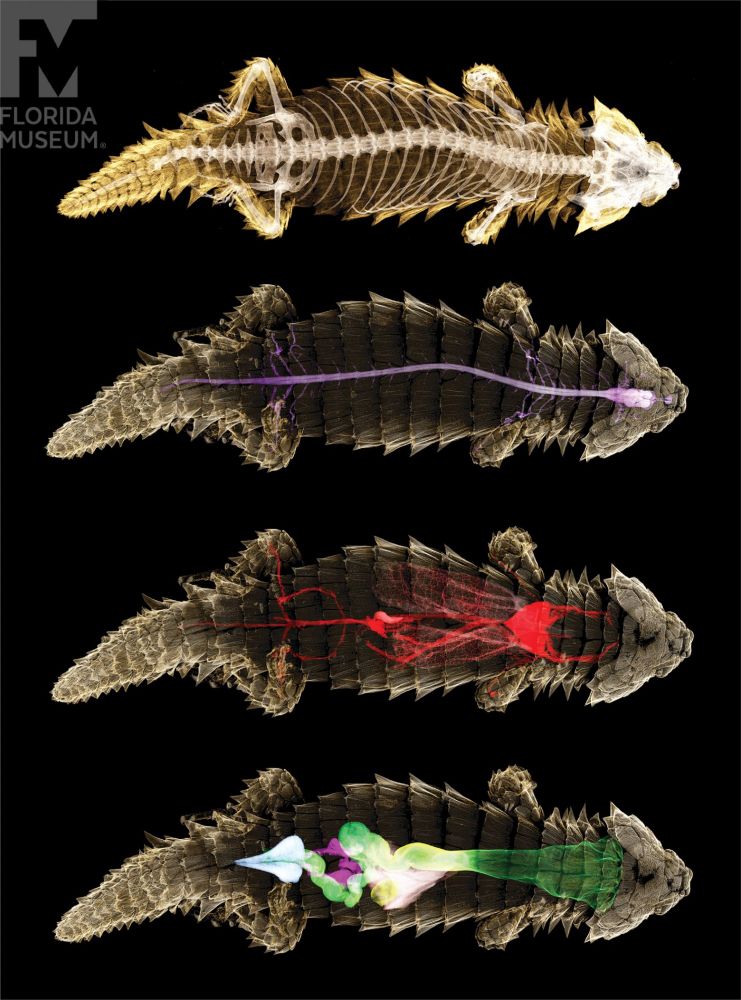
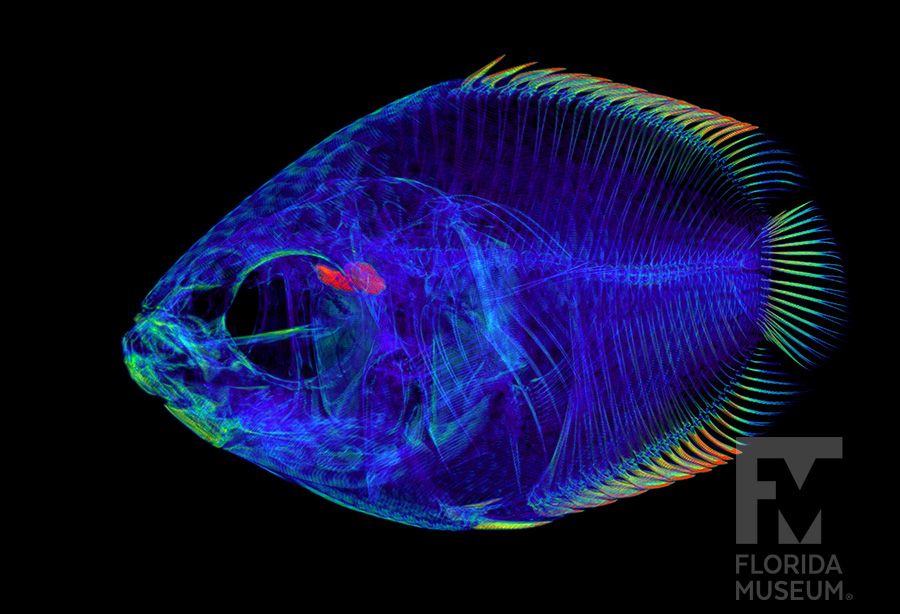
Our Digital Imaging Division produces two- and three-dimensional data from museum collections. Many are available on Sketchfab & Morphosource. Explore some of the specimens our digitization team has been working on:
www.floridamuseum.ufl.edu/digital-lab/...
tinyurl.com/msvntnd9








Well, we do not know yet... so stay tuned!
Meanwhile, check out our new paper on the evolution of #shrews
royalsocietypublishing.org/doi/10.1098/...

Well, we do not know yet... so stay tuned!
Meanwhile, check out our new paper on the evolution of #shrews
royalsocietypublishing.org/doi/10.1098/...

